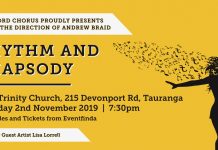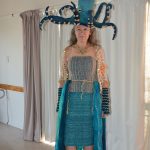
“New Zealand Integrated Schools, of which there are 350 in NZ, provide an option that sits mid-way between state schools and private schools”, according to Mark Larson, CEO of the Association of Integrated Schools (AIS).
These schools come in many different flavours. Some are based on culture, some on faith, and others like Waldorf (founded by Rudolf Steiner) and Montessori are based on educational philosophy and teaching method. There are eight state integrated and two private Waldorf, or Steiner schools, in New Zealand today.
Special Character requirements
It’s important for parents thinking about moving their children to an integrated school to know that these schools are not an escape, but a positive educational choice which statistics show really do make a difference for children.
State Integrated Schools are required to be up-front about their special character, their purpose and mission and to make sure that the enrolment process is aligned with these. In this way, everyone is clear about the educational partnership.
Standing room only, early enrolment essential
Currently the Tauranga Waldorf School has 200 places for students in years 1-8, as well as 70 early childhood placements. Today there are waiting lists on all classes. Enrolment in the early years is based on age and stage. In the primary years, enrolment is determined by the school’s integration agreement, which was designed by the Crown to ensure access for those seeking a Waldorf education.
A willing partnership between parents and school
The Tauranga Waldorf School is able to welcome all enrolment enquiries because unlike faith-based State Integrated Schools, eligibility is not determined by a parents adherence to a particular religion. Instead in Waldorf schools, enrolment eligibility is based on the parent’s willingness to partner the school in providing the curriculum.
“The school’s job is to provide the Waldorf learning journey and the parent’s job is to choose it and help deliver it to their children. We have a robust process to help parents decide if this education for ‘hands, heart and head’ is something that inspires them”, explains Principal Mary Tait-Jamieson.





































































